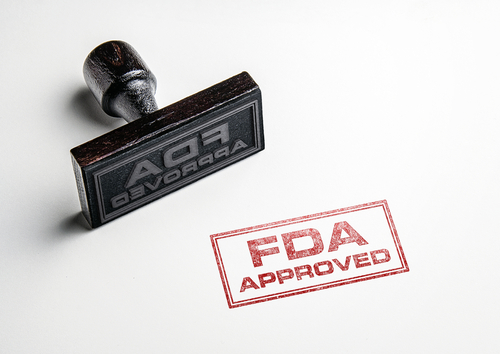The U.S. Food and Drug Administration approved Genentech’s subcutaneous formulation of Actemra (tocilizumab) to treat patients 2 and older who have active polyarticular juvenile idiopathic arthritis (PJIA). The new Actemra formulation can be used alone or in combination with standard-of-care methotrexate.
The treatment was first approved in 2013 as an intravenous formulation for children with PJIA in both the United States and the European Union, where it is sold under the brand name RoActemra by Roche. Similar to the new form, the initial approval was for patients 2 and older, alone or in combination with methotrexate.
PJIA accounts for about 30 percent of all cases of juvenile idiopathic arthritis. The disease is characterized by inflammation in five or more joints, usually affecting small joints such as those in the hands and feet.
“Polyarticular juvenile idiopathic arthritis is a rare, often painful disease in children,” Sandra Horning, MD, chief medical officer and head of global product development at Genentech, said in a press release. “With this approval, we are pleased Actemra offers an alternative delivery option to physicians and parents of children aged two or older to treat this debilitating disease.”
The FDA’s latest decision was supported by clinical data from the JIGSAW-117 trial (NCT01904279). This Phase 1b study enrolled 52 patients, ages 1 to 17, who had been diagnosed with PJIA and did not respond to, or were intolerant to, methotrexate. The goal of this study was to determine the right dosing regimen of subcutaneous Actemra.
Participants were treated with the new subcutaneous formulation according to a dosing regimen based on body weight. Patients weighing less than 30 kg (66 lbs.) received 162 mg of Actemra every three weeks, while patients heavier than 30 kg received the same dose every two weeks. All patients received treatment for 52 weeks.
The results showed that Actemra administered via subcutaneous injection had a similar safety profile as that reported for the intravenous formulation. The only differences were injection-site reactions and low white blood cell counts, called neutropenia.
During the one-year study, 28.8 percent of patients experienced mild injection-site reactions, which were more frequent in PJIA patients than in other tested groups. Also, treatment with the subcutaneous formulation led to low neutrophil counts in 15.4 percent of patients. This was more frequent in patients weighing less than 30 kg.
The effectiveness of Actemra’s new subcutaneous formulation in children and adolescents with PJIA was extrapolated from previous information collected from patients with rheumatoid arthritis who received the subcutaneous formulation, and from PJIA patients who received the intravenous formulation.

